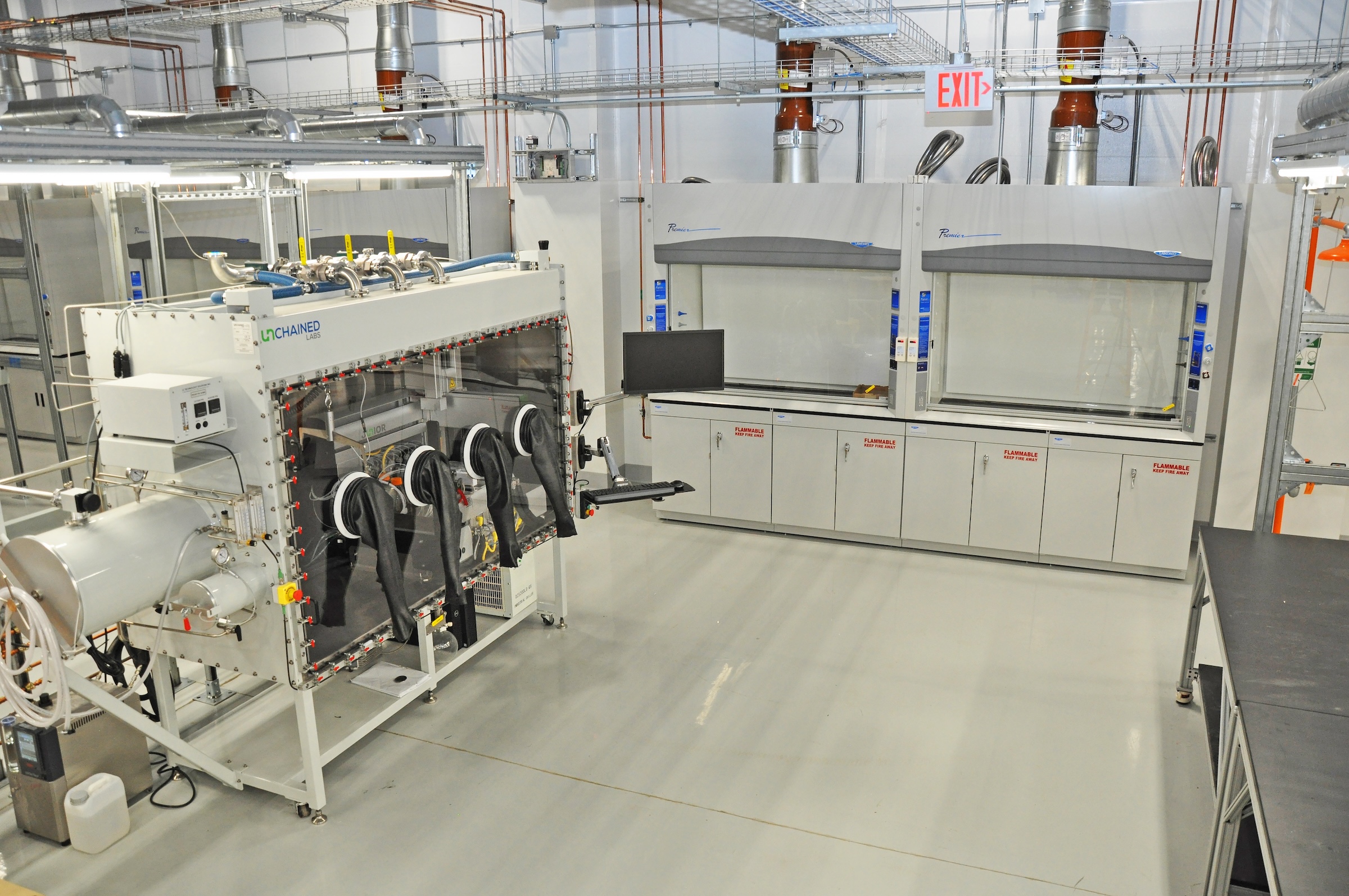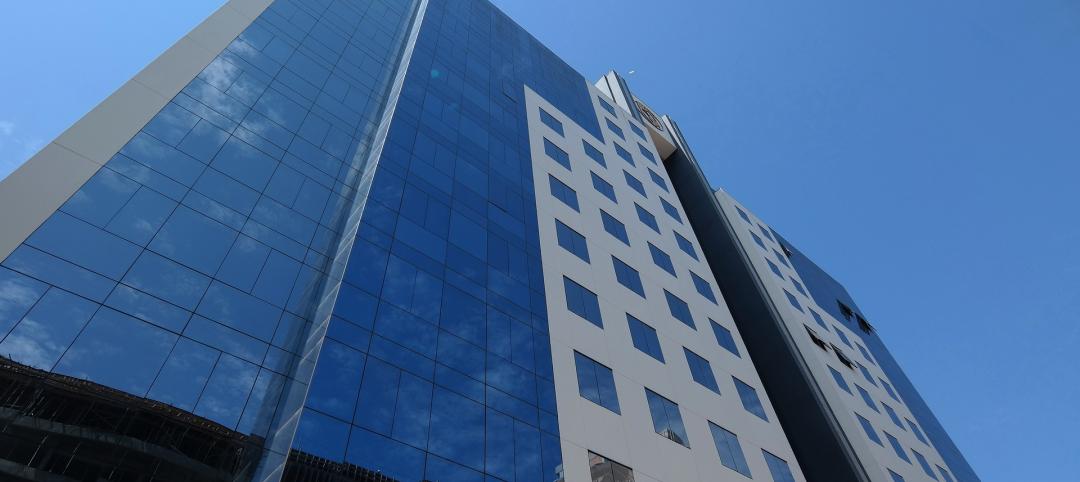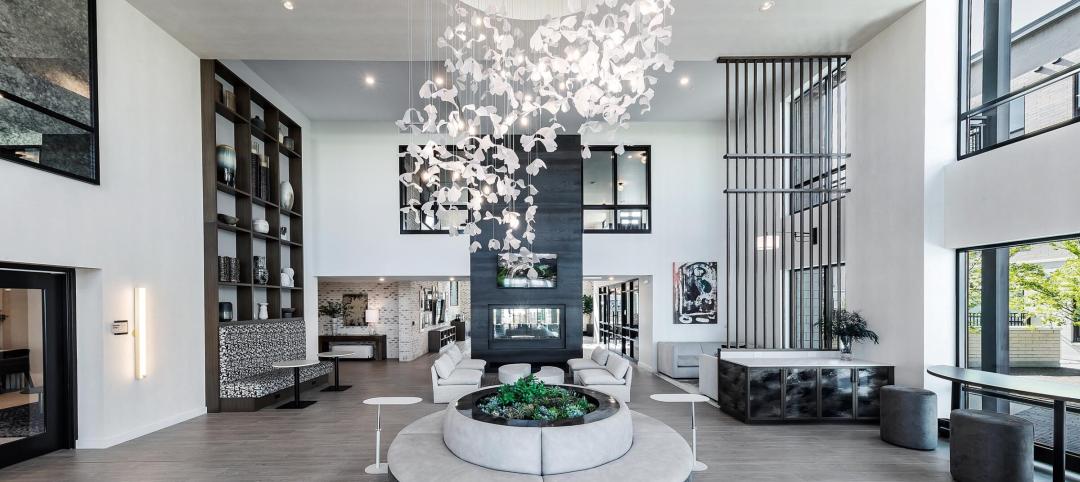Much has been made lately about converting vacant office space to laboratory use. However, with growing inventory in warehouse space as the distribution center market flattens, adaptive reuse of available warehouse space for life sciences applications is a concept that is coming to the fore. While it is not a simple conversion, it is easier than office space. This reallocation commands higher rent which is compelling for owners or developers who are facing current and future vacancies. This conversion can also be applied to laboratory cold storage, cGMP storage, or cGMP production.
What makes warehouse space ideal for conversion to laboratory use?
Warehouse space is essentially a large empty shell with open space and high ceilings which, ideally, is placed along major routes and supply chain corridors. These factors make it ideal for lab conversions. For office to lab, you may encounter slab-to-slab height restrictions that squeeze the ability to fit in the actual lab space requirements. Plus, the infrastructure, like ventilation, plumbing and power that is essential to a functioning life science application could be restricted.
Warehouse layouts provide space flexibility that can be used for multiple purposes, such as lab space for research, areas for product development or production, warehouse space for storage and on-site testing facilities all under one massive roof. Any one of which could be the entirety of the facility.
While it may be ideal on paper to initiate a conversion, there are important considerations that a developer should understand from the onset of a potential project which can drive up costs and could derail the project.
1. Roof structure considerations
A warehouse roofing structure does not typically allow for the use of heavy equipment that is standard in a laboratory environment, such as cooling towers or custom air handling units. Structural retrofitting is required to increase weight bearing capacities. This could involve creating a whole new structural system or, at a minimum, dropping new columns to support and distribute the weight.
In some circumstances, a standalone structural system or an interstitial space can be built within the framework of the existing warehouse which is independent of the original “shell” of the structure. This reduces the overall area that needs to be supported and gives the flexibility of a two-level system layout with mechanical and/or electrical equipment on the upper level and storage on the lower level.
Another alternative would be to run new columns all the way up through the roof and adding more steel to the structure to support the equipment above the roofline. Development of structural options must be considered for the actual use case scenario for optimal infrastructure design.
2. Air change rates
Laboratories require strict air change rates that are set by the American Society of Heating, Refrigerating and Air Conditioning Engineers (ASHRAE), with additional requirements that may be dictated by the National Institute of Health (NIH) and the Center for Disease Control (CDC). (1) Basic lab ventilation requires 6 to 12 air changes per hour and can climb upwards of 20 air changes per hour for cGMP spaces. So, creating a 10-foot lab room versus leaving the original 23-foot warehouse height would allow for lower Cubic Feet per Minute (CFM) rates and would not create air volume inefficiency.
One way this can be achieved is by creating a ceiling lid to the new lab space. In this scenario, the ceiling is located at a certain lower elevation and sealed. Then a plenum is added above the ceiling within the space up to the deck. This will give you the required air change rates and pressurization within a more compact space which utilizes less resources, energy and money.
Additionally, plug and play modular systems—pre-built labs that include HVAC systems—can be placed directly within the warehouse structure. These “pods” are connected to a remote condensing unit on the roof with refrigerant lines to quickly create a fully contained lab. New design options are being developed all the time and will only increase the effectiveness of using older warehouse spaces for this repurpose.
3. Plumbing, gas, and power
Water, gas, and power requirements could be exponentially higher in a laboratory environment. Standard lab infrastructure will require special sinks, washing/sanitizing facilities, and waste neutralization. Not to mention the water use of the actual equipment. All of this increases the wastewater management at the location and may require a larger water line for the facility.
Gas pipelines into the warehouse may not be adequate to run HVAC operations and will need to expand to meet new capacity requirements. Electrical service may need to be replaced due to its age, reliability and lack of sufficient capacity. The facility may also require emergency power that is not currently available. All these new services will require space and capital costs to upgrade, replace or install.
In converting existing warehouses to lab type spaces, some owners have chosen to provide for future flexibility by providing scalable infrastructure now. This prepares for additional capacities in case of a future retrofit that requires greater volumes later.
Do your due diligence
Exploration of this kind of facility conversion, and new market pursuits, requires due diligence to understand the factors that could impact whether your facility is suited for the laboratory market. We recommend starting with a facilities assessment study of your warehouse to have a full understanding of your actual structure, condition and capacity of existing equipment, and the anticipated new loads for electric, water, gas and fire protection. Based upon the assessment, a review of current local permit processes and zoning restrictions would also be recommended to see if there could be anticipated permitting delays for the conversion. From there, a developer/owner can truly determine if increased rental income and tenant occupancy outweighs the conversion costs to a life sciences piece of real estate.
1. Laboratory News – “Converting offices to laboratory space – understanding the needs of the LSCG sector” – Steven Anderson, Jonathan Andrew - 6/2021
Related Stories
Adaptive Reuse | Mar 15, 2024
San Francisco voters approve tax break for office-to-residential conversions
San Francisco voters recently approved a ballot measure to offer tax breaks to developers who convert commercial buildings to residential use. The tax break applies to conversions of up to 5 million sf of commercial space through 2030.
Sustainability | Mar 13, 2024
Trends to watch shaping the future of ESG
Gensler’s Climate Action & Sustainability Services Leaders Anthony Brower, Juliette Morgan, and Kirsten Ritchie discuss trends shaping the future of environmental, social, and governance (ESG).
Urban Planning | Feb 5, 2024
Lessons learned from 70 years of building cities
As Sasaki looks back on 70 years of practice, we’re also looking to the future of cities. While we can’t predict what will be, we do know the needs of cities are as diverse as their scale, climate, economy, governance, and culture.
Adaptive Reuse | Feb 4, 2024
Corporate modernist buildings increasingly popular fodder for adaptive reuse projects
Beginning in the 1970s adaptive reuse projects transformed 19th and early 20th Century buildings into distinctive retail destinations. Increasingly, developers of adaptive reuse projects are targeting outmoded corporate buildings of the 1950s to 1980s.
Luxury Residential | Jan 30, 2024
Lumen Fox Valley mall-to-apartments conversion completes interiors
Architecture and interior design firm Morgante Wilson Architects (MWA) today released photos of its completed interiors work at Lumen Fox Valley, a 304-unit luxury rental community and mall-to-apartments conversion.
Senior Living Design | Jan 24, 2024
Former Walgreens becomes affordable senior living community
Evergreen Real Estate Group has announced the completion of Bellwood Senior Apartments. The 80-unit senior living community at 542 25th Ave. in Bellwood, Ill., provides independent living options for low-income seniors.
Adaptive Reuse | Jan 23, 2024
Adaptive reuse report shows 55K impact of office-to-residential conversions
The latest RentCafe annual Adaptive Reuse report shows that there are 55,300 office-to-residential units in the pipeline as of 2024—four times as much compared to 2021.
Adaptive Reuse | Jan 18, 2024
Coca-Cola packaging warehouse transformed into mixed-use complex
The 250,000-sf structure is located along a now defunct railroad line that forms the footprint for the city’s multi-phase Beltline pedestrian/bike path that will eventually loop around the city.
Adaptive Reuse | Jan 12, 2024
Office-to-residential conversions put pressure on curbside management and parking
With many office and commercial buildings being converted to residential use, two important issues—curbside management and parking—are sometimes not given their due attention. Cities need to assess how vehicle storage, bike and bus lanes, and drop-off zones in front of buildings may need to change because of office-to-residential conversions.
K-12 Schools | Jan 8, 2024
Video: Learn how DLR Group converted two big-box stores into an early education center
Learn how the North Kansas City (Mo.) School District and DLR Group adapted two big-box stores into a 115,000-sf early education center offering services for children with special needs.

















